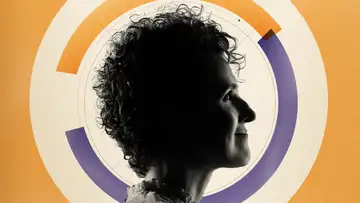Choice and Bravery in the Novels of Kate DiCamilloTop of Mind with Julie Rose • Season 1, Episode 561, Segment 5
May 25, 2017 • 17m
(Originally Aired Dec. 7, 2016)
Guest: Kate Dicamillo, Newbery Author
Author Kate DiCamillo has won the Newbery Medal twice and two of her books have been made into movies—"The Tale of Despereaux" and "Because of Winn-Dixie." Her heroes are as endearing as they are unlikely: a mouse with ears too big for his body, a worn-out stuffed rabbit, a young girl who thinks that she can save her parents’ marriage if only she can learn to twirl a baton and win the local pageant. That’s Raymie, the hero of “Raymie Nightingale,” one of Kate DiCamillo’s latest novels for older children. She also has a chapter book out for younger readers called “Where Are You Going, Baby Lincoln?”